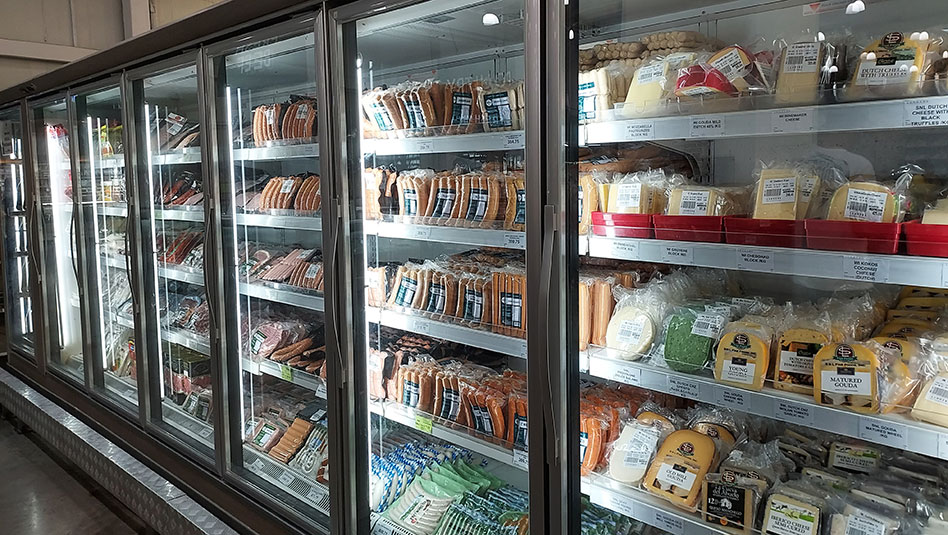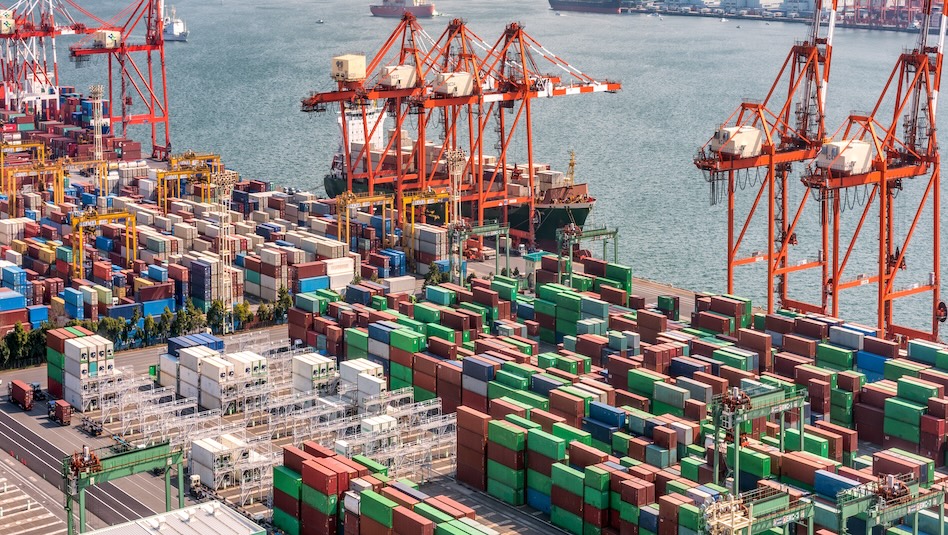




Monthly Economic Update: One for the road
 DOWNLOAD
DOWNLOAD

Inflation Update: Still low, still slow
 DOWNLOAD
DOWNLOAD

Philippines Trade Update: Exports momentum continues
 DOWNLOAD
DOWNLOAD


Inflation could ease to around 2% this year

Headline inflation could fall to around the 2% range this year amid easing price pressures, analysts said, which would be well below the projection of the Bangko Sentral ng Pilipinas (BSP).
“We maintain our forecast for consumer price index (CPI) inflation to average 2.7% in 2025 which is lower than the 3.2% in 2024, and below BSP’s baseline forecast of 3.3%,” Nomura Global Markets Research analysts Euben Paracuelles and Nabila Amani said in a commentary.
Inflation accelerated to 2.9% year on year in December from 2.5% in November.
This brought the full-year print to 3.2%, matching the Bangko Sentral ng Pilipinas’ (BSP) forecast for 2024. It also marked the first time that full-year inflation fell within the central bank’s 2-4% target since 2021, when inflation averaged 3.9%.
This year, the BSP expects inflation to average 3.3%. Accounting for risks, inflation could hit 3.4%.
HSBC economist for ASEAN Aris D. Dacanay said he expects inflation to average 2.5% in 2025, citing the continued drop in rice prices.
“Nonetheless, we think the acceleration in inflation may be short-lived, as downside risks to global oil prices persist while retail rice prices fall,” he said.
In December, rice inflation sharply slowed to 0.8% from 5.1% in November and 19.6% a year prior.
Rice is one of the biggest factors driving faster inflation, but prices have been declining since the government in July slashed tariffs on rice imports to 15% from 35% previously. This tariff regime is set to be implemented through 2028.
The Philippine Statistics Authority (PSA) has also noted the possibility for rice inflation to turn negative this month.
“Importantly, the output gap remains negative, and we continue to assume that the impact of lower rice import tariffs on food inflation will continue to play out in coming months,” Nomura said.
Nomura said inflation pressures are seen to be “well-contained” amid the government’s continued supply-side measures and its oil price assumptions.
“You also have the deflationary impulse from Chinese goods as trade gets rerouted. And at the same time, risks to global energy prices are tilted to the downside,” Mr. Dacanay said.
“Because if Fed rates are high while mainland China growth is weaker than before, the demand for global energy or at least oil, will actually get reduced, bringing down energy prices and bringing down inflation,” he added.
Meanwhile, Citi economist for the Philippines Nalin Chutchotitham projects inflation to average 3.1% this year, still below the BSP’s forecast.
She said inflation this year will continue to be “well-within policy target” despite upside risks from electricity rate increases.
“We revised up 2025 inflation from 2.8% to 3.1% on the back of planned increases in electricity rates during the first half, noting also potential further adjustments in the remainder of the year, although this may be partly offset by potentially lower oil prices,” Ms. Chutchotitham added.
With inflation expected to remain manageable, the BSP has room to continue its easing cycle.
“We see limited implications for our BSP forecasts because of the still-favorable inflation outlook, which is the main policy driver for BSP despite a more hawkish Fed,” Nomura said.
The BSP kickstarted its rate-cutting cycle in August last year, delivering a total of 75 bps for 2024. This brought the benchmark rate to 5.75% by yearend.
“We still have one more CPI print before the next BSP meeting, and unless we see another sharp pickup in headline inflation to well above 3%, we see no reason for BSP to pause,” Nomura added.
Nomura expects the BSP to deliver 75 bps worth of cuts this year in its first three meetings.
“Despite currency weakness, BSP may continue to cut rates and decouple from the Fed or regional peers, given its assessment of well-anchored inflation expectations and a limited FX (foreign exchange) pass-through,” it added.
The peso fell to the record-low PHP 59-per-dollar level thrice last year, twice in November and once in December.
Meanwhile, Mr. Dacanay sees up to 75 bps of rate cuts by the third quarter, in increments of 25 bps.
“We updated our policy rate forecast and expect a more gradual easing cycle, wherein the BSP — mindful of Fed moves and FX volatility — will cut in alternate rate-setting meetings until the policy rate reaches 5% by the third quarter,” he said.
“However, we do not think the upside surprise in headline inflation derails the policy rate outlook altogether. Looking under the hood, the inflationary pressures seem to be short-lived in nature,” he added.
BSP Governor Eli M. Remolona, Jr. has said the central bank prefers to reduce rates in “baby steps.”
“The current policy rate remains relatively high, and given the time lag in monetary policy, we expect the BSP to continue with its gradual 25-bp rate cuts in February, the second quarter and third quarter,” Ms. Chutchotitham said.
The BSP trimmed the number of Monetary Board meetings to six this year from seven previously, citing the need for more in-depth analysis of data.
“We expect 50 bps more likely to follow in 2026 if inflation stays close to the target midpoint, thus bringing real policy rate closer to historical level and continue to support economic growth,” Ms. Chutchotitham added. – Luisa Maria Jacinta C. Jocson, Reporter
This article originally appeared on bworldonline.com





 By BusinessWorld
By BusinessWorld